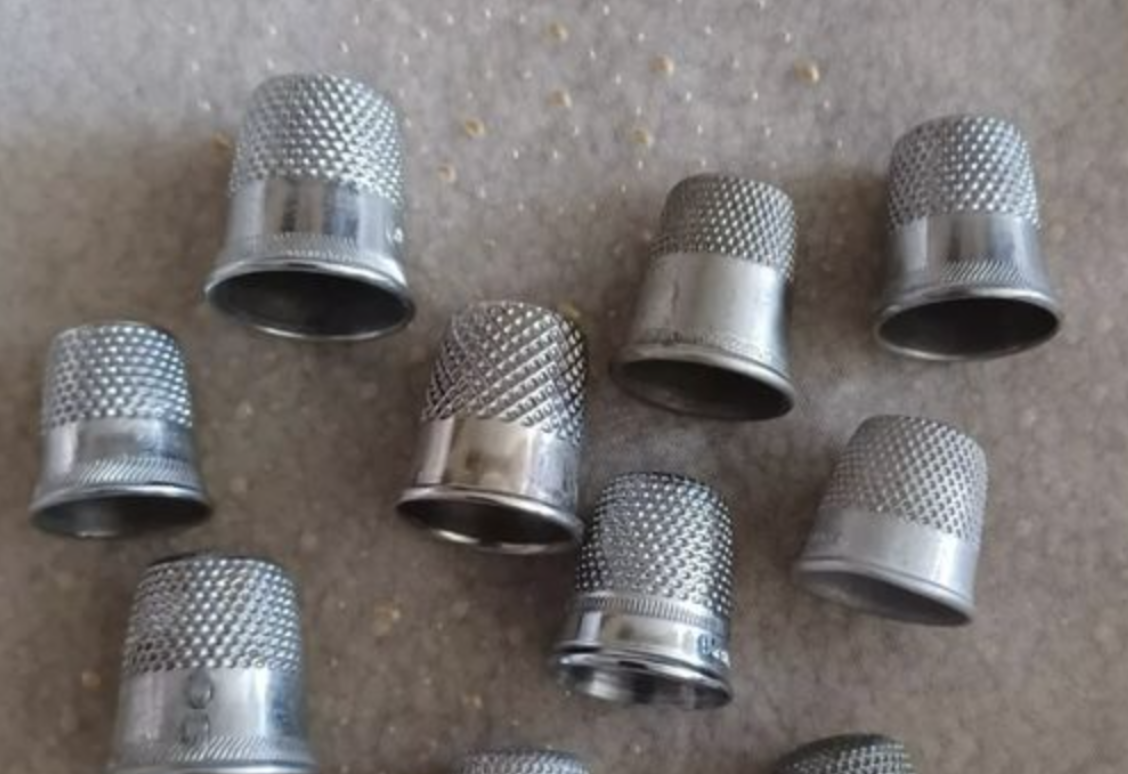Thimbles have a rich and captivating history that stretches back to ancient times. These small yet remarkable tools were originally designed to protect fingers during sewing, and their journey has witnessed incredible advancements and cultural significance.
From Ancient Times to Modern-Day Artifacts
Archaeologists have unearthed the earliest known thimbles in Pompeii, dating back to the 1st century AD. These bronze thimbles represented the humble beginnings of a practical tool that would stand the test of time.

Evolving Materials and Designs
As time progressed, thimbles evolved in both materials and designs. During medieval times, craftsmen experimented with materials like leather, wood, and metal. By the 14th century, Nuremberg, Germany, emerged as a major hub for brass thimble production.
The 17th century marked a period of further innovation, with silver and gold thimbles gaining popularity among the wealthy. Beyond their practical uses, these luxurious thimbles became symbols of status and prestige.
Thimbles in Different Trades and Cultures
Thimbles weren’t just limited to the world of sewing. They found their way into various crafts such as bookbinding, leatherworking, and lace-making. These versatile tools offered protection and precision across different trades.
Moreover, thimbles managed to make their presence felt in popular culture and folklore. In the beloved story of “Peter Pan,” a thimble was used symbolically as a kiss. Even the classic board game Monopoly featured a thimble as one of its original game pieces, reflecting its common presence in early 20th-century homes.
Treasured Artifacts and Cultural Celebrations
Vintage thimbles hold great value for collectors and enthusiasts today. Their historical significance, diverse designs, and intricate craftsmanship make them highly sought after. Collectors often specialize in thimbles from specific periods or those made from particular materials like porcelain, bone china, or sterling silver.
Numerous museums and exhibitions around the world pay homage to the legacy of thimbles. The Fingerhut Museum in Creglingen, Germany, for instance, houses thousands of thimbles from different eras and regions. These exhibitions serve as a celebration of the rich cultural heritage surrounding thimbles.
The Thimble’s Enduring Appeal
Even in modern times, thimbles continue to inspire artisans and crafters. They are appreciated for their utility as well as their aesthetic appeal. Contemporary thimble makers often combine traditional techniques with modern designs, honoring the rich heritage of thimbles while catering to today’s tastes.
In conclusion, vintage sewing thimbles are much more than just practical tools. They represent historical artifacts that highlight the evolution of craftsmanship, social status, and cultural practices over centuries. Thimbles’ enduring legacy is celebrated by collectors and enthusiasts alike.




